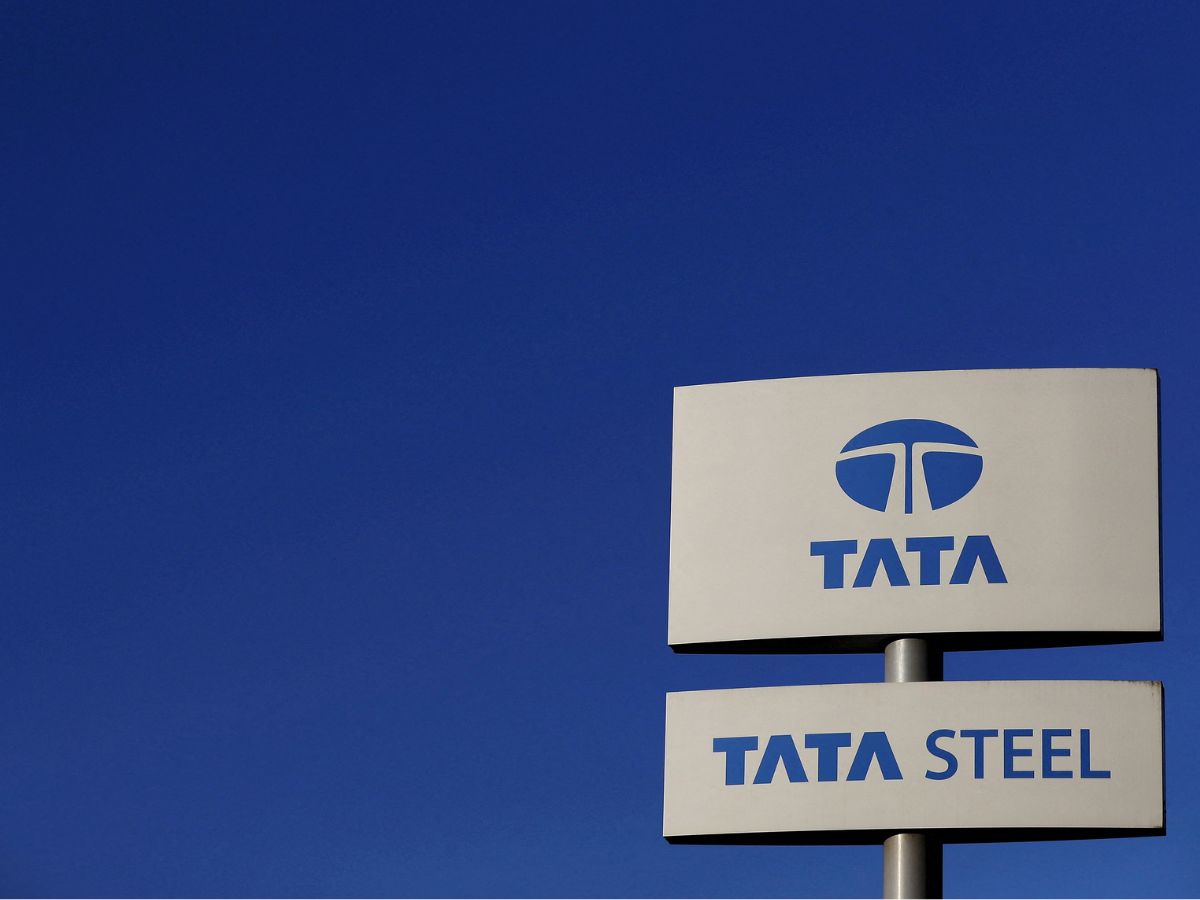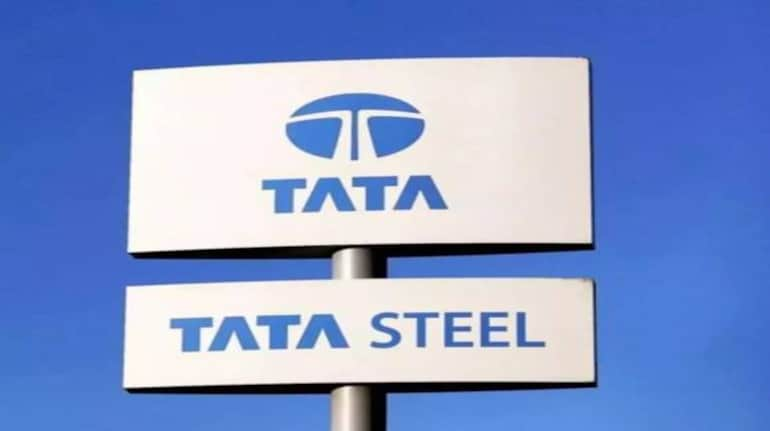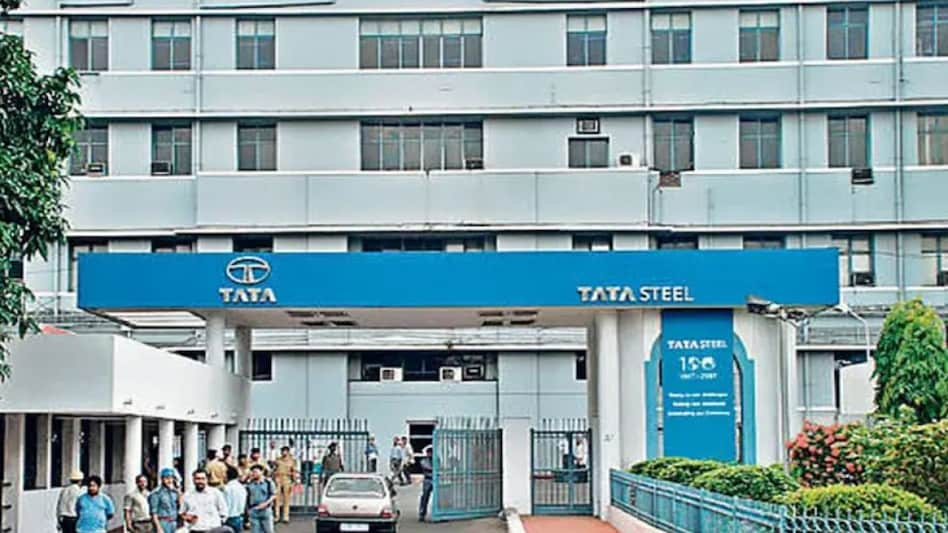Tata Steel Suffers Staggering ₹6,511 Crore Consolidated Net Loss in Q2

Tata Steel Suffers Staggering ₹6,511 Crore Consolidated Net Loss in Q2
In a surprising turn of events, Tata Steel, one of India’s leading steel producers, has announced a staggering consolidated net loss of ₹6,511 crore for the second quarter of the fiscal year 2023. This financial report marks a stark contrast from the same period a year ago when the company was reveling in a net profit of ₹1,297 crore. This unexpected quarterly loss has sent shockwaves through the industry, and the company’s performance in Europe is at the forefront of this financial downturn, overshadowing increased production in India.
The European Challenge
The primary driver behind Tata Steel’s colossal loss in Q2 can be attributed to the underperformance of its European units. A combination of factors, including rising raw material prices, sluggish demand for steel in the region, and increased competition, has cast a shadow over the company’s European operations. While Tata Steel Europe has made efforts to improve efficiency and cost management, these challenges proved insurmountable in the face of the broader economic landscape.
The COVID-19 pandemic continues to exert its influence on various industries, and steel is no exception. The slowdown in construction and manufacturing activities across Europe due to pandemic-related disruptions has had a direct impact on Tata Steel’s performance in the region. Moreover, the ongoing energy crisis in Europe, exacerbated by a surge in natural gas prices, has further strained the company’s European operations. This energy crunch has caused manufacturing costs to spike, making it even more challenging for Tata Steel Europe to remain competitive.
)
Indian Resilience
While the European arm of Tata Steel has been grappling with these adverse conditions, the company’s operations in India have shown remarkable resilience. The surge in production in the Indian subcontinent was a silver lining amidst the gloomy financial results. Tata Steel’s focus on expanding and modernizing its Indian facilities has paid off to some extent.
India has been witnessing a robust demand for steel, driven by the government’s infrastructure development initiatives and the revival of various sectors post the pandemic-induced slowdown. Tata Steel’s strategic investments in its Indian plants and its ability to cater to this growing domestic demand have contributed significantly to its overall performance. Despite the challenges posed by volatile raw material prices and the need for continuous cost optimization, the company’s Indian operations have fared relatively well.
Challenges and Opportunities Ahead
The road ahead for Tata Steel is fraught with challenges, but it also presents opportunities for strategic reevaluation and growth. To overcome the hurdles in the European market, the company must focus on innovative solutions to enhance efficiency and reduce costs. This might include adopting sustainable practices, increasing the use of scrap steel, and exploring new technologies to mitigate the impact of rising energy prices. While these changes may require substantial investments in the short term, they are crucial for the long-term viability of Tata Steel Europe.
On the other hand, the company can continue to capitalize on the thriving Indian steel market. By further expanding its production capacity, ensuring a consistent supply of raw materials, and maintaining high-quality standards, Tata Steel can position itself as a reliable and preferred supplier in the country. As the government pushes for increased infrastructure development and urbanization, the demand for steel in India is expected to remain robust. Tata Steel is well-positioned to tap into this growth potential.
Global Steel Dynamics
The challenges faced by Tata Steel in Q2 are not isolated incidents. They are indicative of the broader dynamics in the global steel industry. Steel manufacturers worldwide have been grappling with rising raw material costs, supply chain disruptions, and fluctuating demand patterns. The ever-evolving global economic landscape, driven by factors such as the energy crisis, environmental regulations, and geopolitical tensions, has made it increasingly complex for steel companies to navigate.
Furthermore, the steel industry is on the cusp of transformation. The push for sustainability and the reduction of carbon emissions has compelled steel manufacturers to explore cleaner and more efficient production methods. This transition involves significant investments in technology and infrastructure, which can impact short-term profitability but is essential for long-term sustainability.

Tata Steel’s Commitment to Sustainability
Tata Steel has long been committed to sustainability and responsible business practices. The company has been at the forefront of adopting cleaner technologies and reducing its carbon footprint. Such initiatives are essential not only to meet regulatory requirements but also to align with the growing global focus on environmental responsibility.
Tata Steel Europe, for instance, has been exploring ways to reduce its carbon emissions by adopting greener steelmaking processes and improving energy efficiency. These initiatives, though they may require substantial investments, can enhance the company’s competitiveness in the long run and cater to the increasing demand for environmentally friendly steel products.
Investor Concerns
Tata Steel’s Q2 results have naturally raised concerns among investors and shareholders. The stark contrast between last year’s profit and this year’s loss is a cause for worry. However, it is essential to note that the steel industry is cyclical, and quarterly results can fluctuate significantly due to external factors.
Investors should also consider the company’s long-term strategy and its response to the challenges it faces. Tata Steel’s commitment to sustainable practices and its investment in modernizing and expanding its facilities in India are positive indicators of its potential for growth and profitability.

Conclusion
Tata Steel’s ₹6,511 crore consolidated net loss in Q2 2023 serves as a stark reminder of the challenges and opportunities in the global steel industry. The company’s struggles in Europe underscore the need for agility and adaptability in the face of economic uncertainties and changing market dynamics. While the immediate future may be uncertain, Tata Steel’s long-term commitment to sustainability and its position in the thriving Indian steel market provide a glimmer of hope for investors and stakeholders.
As the steel industry continues to evolve, Tata Steel’s ability to weather the storm and emerge stronger will largely depend on its strategic decisions, investments in innovation, and its capacity to align with the changing global landscape. In the end, it is not only about surviving the present challenges but also about thriving in a future where sustainability and efficiency will be the keys to success.



